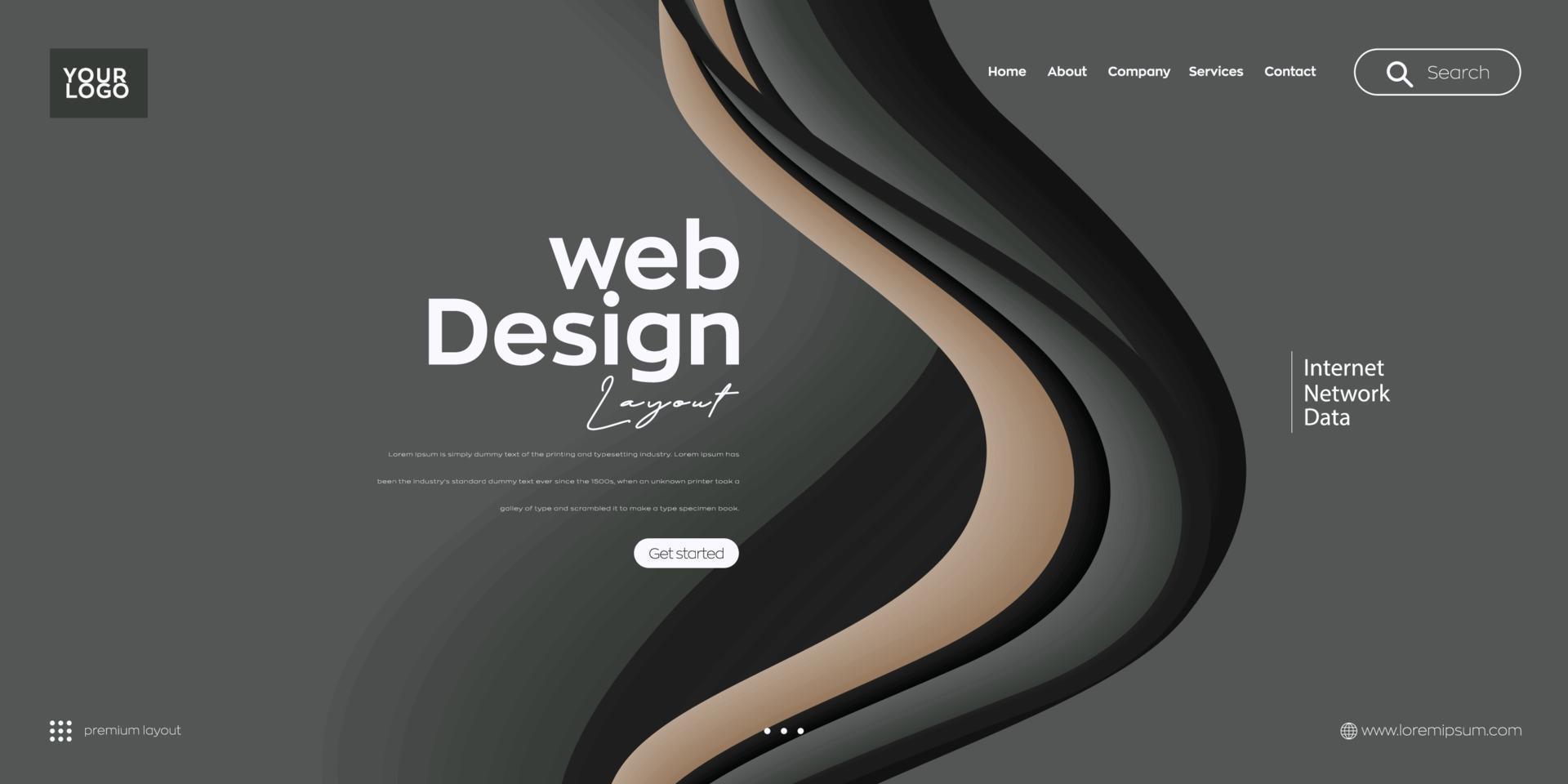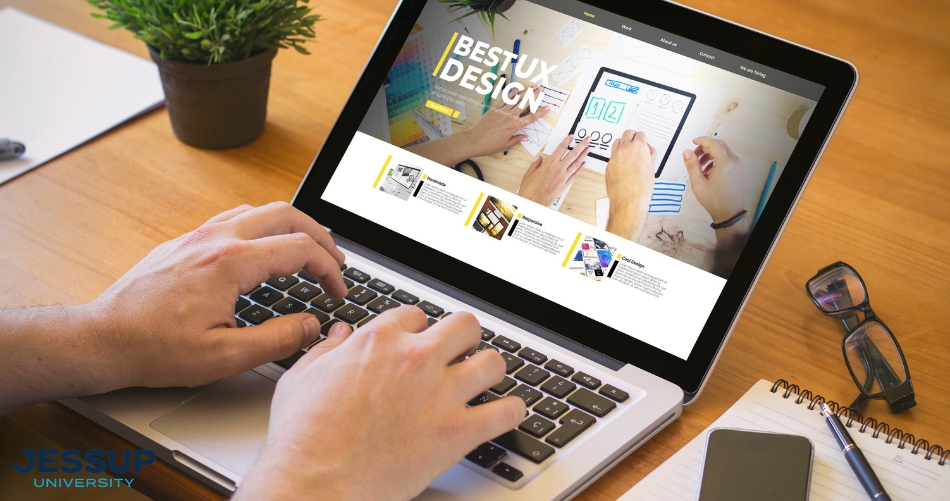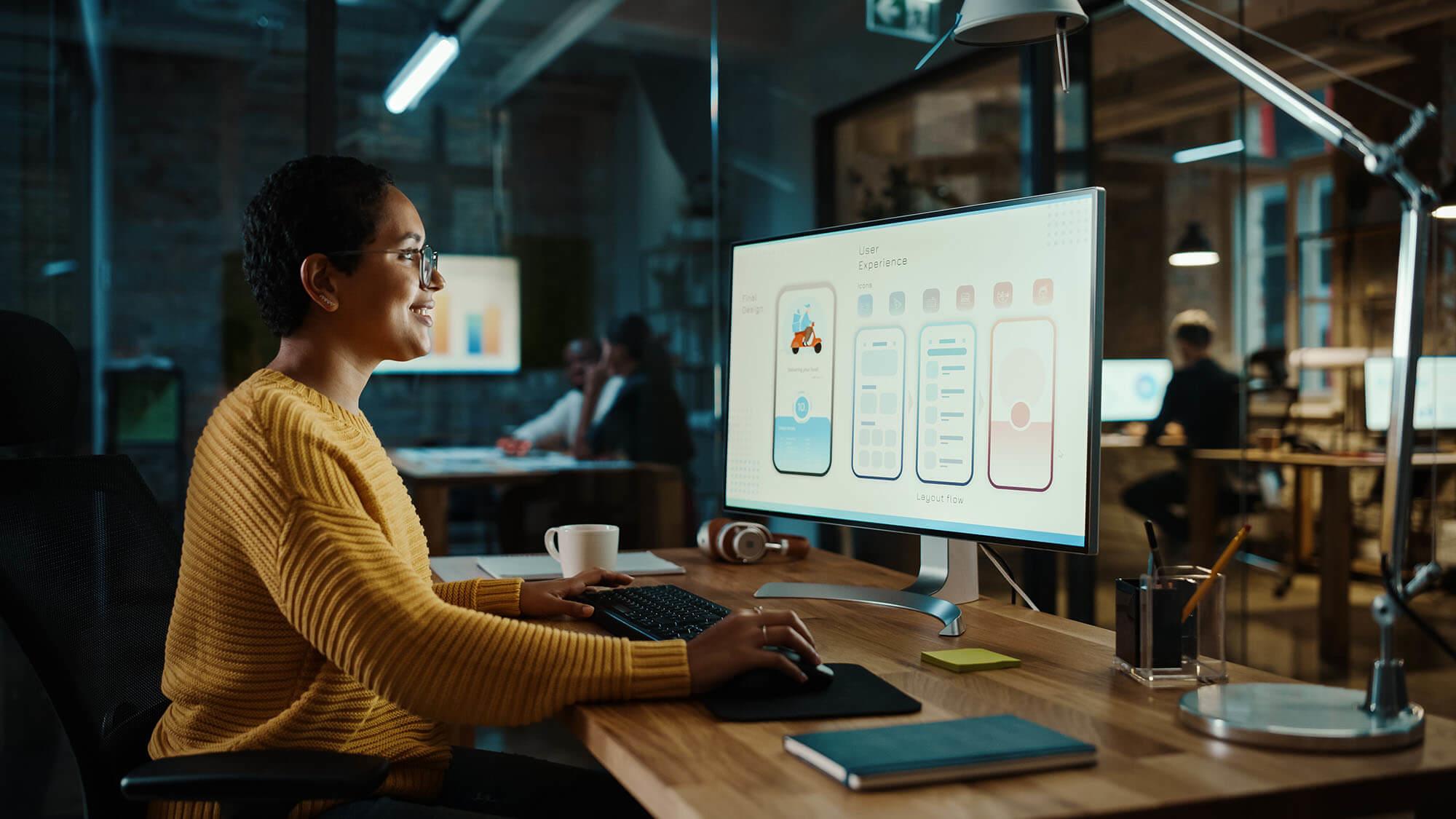Aligned Position Web Design: Crafting Visually Appealing Websites for Modern Businesses
Aligned Position Web Design: Crafting Visually Appealing Websites for Modern Businesses
Blog Article
The Most Effective Kinds of Web Layout to Boost Customer Experience and Engagement
In the ever-evolving landscape of electronic communication, the effectiveness of Web style significantly influences individual experience and interaction. Various style approaches, such as minimalist, receptive, and interactive layouts, each deal unique advantages that can provide to diverse user demands.
Minimal Web Layout
As digital landscapes become progressively cluttered, minimal website design has become an effective approach to boosting individual experience. This style philosophy prioritizes simpleness, concentrating on important components while removing unneeded interruptions. By utilizing sufficient white area, simple navigating, and a restricted color palette, minimal design cultivates clearness and routes individual interest to crucial content.
The core principle of minimal website design is to create a seamless communication for individuals. By decreasing cognitive tons, customers can quickly comprehend information without feeling overwhelmed. This direct strategy not only improves use however additionally urges involvement, as site visitors are much more likely to check out a website that is easy and aesthetically enticing to browse.
In addition, minimal design usually highlights typography and images, making use of these elements tactically to share messages efficiently. This concentrate on essential parts can boost brand identity and create a memorable user experience. Basically, minimalist website design is not simply a pattern; it is a thoughtful methodology that acknowledges the importance of user-centered style. By removing away supplementary components, developers can create a more engaging, reliable, and satisfying Web experience for all customers.
Receptive Web Style
In today's varied electronic environment, receptive Web layout has come to be important for producing a smooth customer experience throughout a multitude of tools. As individuals access web sites on smart devices, laptops, tablet computers, and desktop computers, the ability of a website to adjust its format and content to various screen dimensions and resolutions is essential.
Receptive website design uses adaptable grids, photos, and CSS media questions to ensure that Web material exists optimally, despite the gadget made use of. This strategy not just improves the aesthetic appeal of an internet site but likewise significantly improves usability. Users are a lot more most likely to engage with a website that supplies a consistent experience, as it gets rid of the frustration of needing to zoom in or scroll exceedingly.
Additionally, online search engine, including Google, prioritize mobile-friendly sites in search positions. By taking on responsive design, organizations can improve their exposure and get to a wider target market. This strategy additionally simplifies web site upkeep, as a solitary version of the site can deal with all gadgets, reducing the demand for multiple variations. In recap, receptive Web style is an essential practice that boosts user experience, interaction, and general contentment.
Interactive Web Layout
Responsive website design prepares for boosting customer experience, however interactive Web design takes this a step even more by engaging customers in a more dynamic method - Aligned Position Web Design. By including elements such as animations, clickable models, and real-time feedback, interactive Web style mesmerizes users, drawing them right into a richer surfing experience
This method not just cultivates involvement but likewise motivates individuals to discover content proactively as opposed to passively consuming it. Strategies such as gamification, where individuals earn incentives for completing jobs, can dramatically boost the moment invested in a website and enhance total satisfaction. Interactive features can simplify intricate details, making it extra digestible and pleasurable.

Including interactive layout elements can also cause greater conversion rates, as users are much more most likely to involve with a website that proactively involves them. Aligned Position Web Design. Eventually, interactive Web design transforms user experiences into remarkable journeys, guaranteeing that site review visitors return time and once again
Apartment Design
Defined by its minimalistic approach, level design emphasizes simpleness and functionality, removing unneeded elements and concentrating on vital attributes. This style viewpoint prioritizes functionality, making sure that users can navigate interfaces with convenience and efficiency. By employing a clean visual, flat layout eliminates the clutter commonly located in much more ornate designs, consequently improving user focus on material and performance.
The hallmark of level style lies in its use of bold colors, straightforward typography, and geometric forms. These aspects add to an aesthetically attractive user interface that is both modern-day and friendly. Furthermore, flat design cultivates a sense of clearness, enabling users to discern important activities and info without distraction.
Moreover, flat design is particularly efficient in responsive Web design, as its simplicity translates well across various tools and screen dimensions. By concentrating on crucial attributes, flat style not just satisfies user needs but additionally motivates seamless communication, making it an essential element of effective Web style strategies.
Flexible Website Design
Flexible website design customizes the customer experience by creating several fixed layouts tailored to various screen dimensions and gadgets. Unlike receptive style, which fluidly changes a single format, adaptive design employs unique designs for details breakpoints, making certain optimal discussion on numerous platforms. This method allows developers to focus on the unique qualities of each device, enhancing use by providing precisely what customers need based upon their context.
One of the main benefits of adaptive website design is its capacity to enhance load times and see this efficiency. By offering tailored material and images that fit the user's device, internet sites can reduce data use and improve loading speeds. This is specifically beneficial for individuals with slower connections or limited information plans.

In addition, adaptive design facilitates a much more constant and controlled branding experience. Given that designers create several designs, they can ensure that the visual components line up with the brand's identification across various systems - Aligned Position Web Design. This results in a natural customer experience, enhancing interaction and advertising individual retention
Verdict
Minimal layout promotes clearness and emphasis, while responsive design guarantees flexibility across numerous devices, promoting accessibility. Collectively, these style approaches contribute to the development of straightforward atmospheres that not only boost contentment however likewise drive greater conversion rates, highlighting their essential additional resources significance in contemporary Web style techniques.

Minimalist design cultivates clearness and focus, while receptive design ensures adaptability throughout various devices, advertising access. Collectively, these layout comes close to contribute to the production of straightforward atmospheres that not just boost satisfaction but also drive greater conversion rates, emphasizing their critical significance in contemporary Web style methods.
Report this page